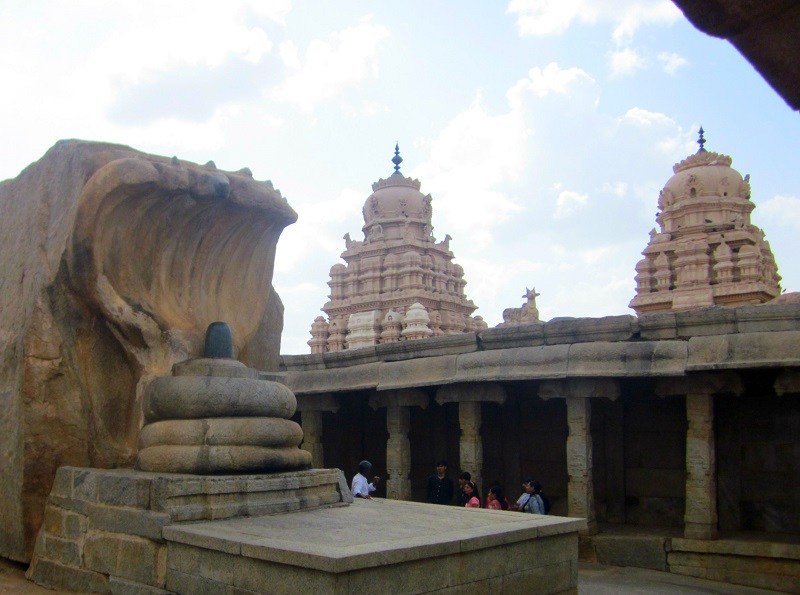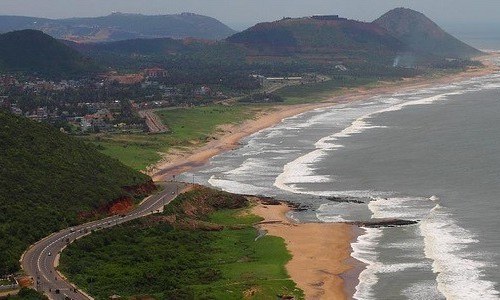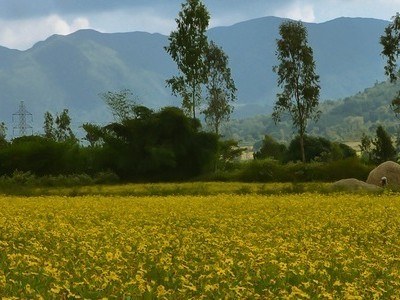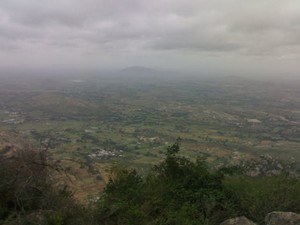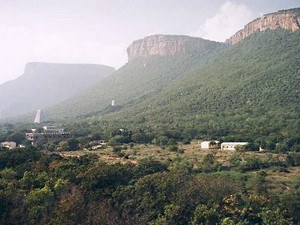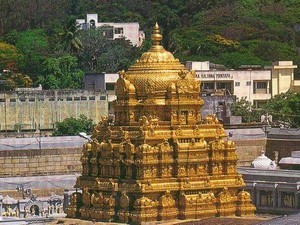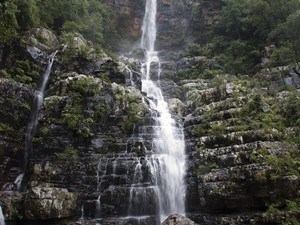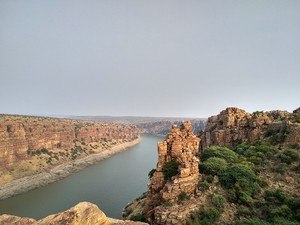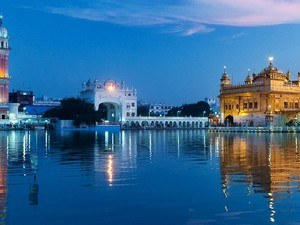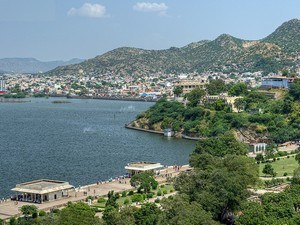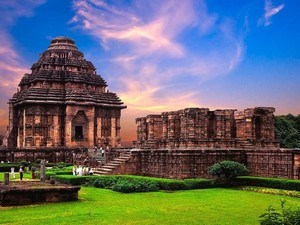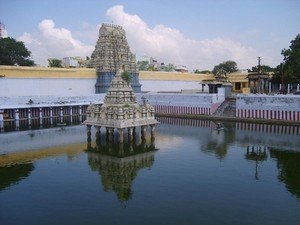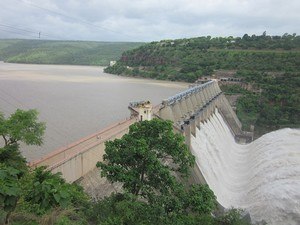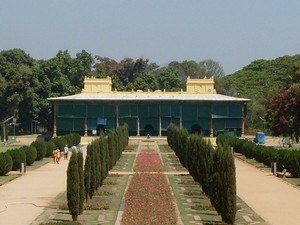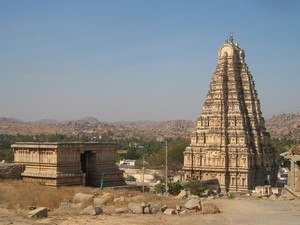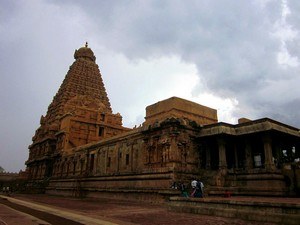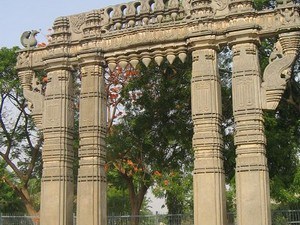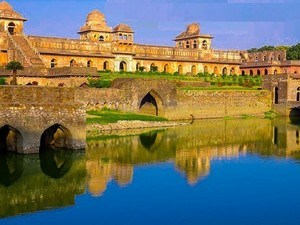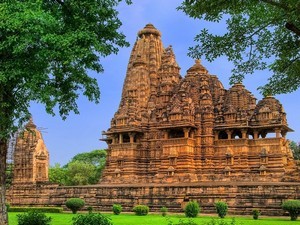LEPAKSHI TOURISM | TEMPLES, PLACES TO VISIT & TRAVEL GUIDE TO LEPAKSHI
![]() Heritage |
Heritage | ![]() Pilgrimage
Pilgrimage
About Lepakshi
 #19 of 25 Places to visit in Andhra
#19 of 25 Places to visit in Andhra
 Ideal Trip Duration: 2-3 Hours
Ideal Trip Duration: 2-3 Hours
 Nearest City to Lepakshi: Bangalore (124 Kms)
Nearest City to Lepakshi: Bangalore (124 Kms)
 Best Time to Visit Lepakshi: October to March
Best Time to Visit Lepakshi: October to March
 Peak Season: January & April to May
Peak Season: January & April to May
At a distance of 125 km from Anantapur, 124 km from Bangalore City Junction, 225 km from Tirupati, 478 km from Hyderabad & 569 km from Vijayawada, Lepakshi is a small village which lies 14 km east of Hindupur in Anantapur district of Andhra Pradesh. It is the one of the important heritage sites in Andhra Pradesh highlighting the legacy of Vijayanagara Dynasty. It is one of the famous Tourist places in Andhra Pradesh.
Lepakshi was founded in the 16th century during the reign of the Vijayanagara king, Aliiya Rama Raya. Virupanna, the royal treasurer was accused of drawing funds without the king's permission from the state treasury to build the Veerabhadra temple at Lepakshi. However, he blinded himself to avoid the king's punishment. Even today one can see two dark stains upon the wall near the Kalyana Mandapa, which are said to be the marks made by his eyes. Hence the village is called 'Lepa-akshi', means a village of the blinded eye.
Lepakshi is the centre of some of the finest temple architecture and paintings. Lepakshi consists of three important shrines dedicated to Shiva, Vishnu and Veerabhadra, of which Veerabhadra temple is the most important place to visit in Lepakshi (this is also referred as Lepakshi Temple). The temples of Papanatheswara, Raghunatha, Srirama, Veerabhadra and Durga are located in the same complex on a hillock named as Kurma Saila (tortoise shaped hill).
Lepakshi is also one of the popular 2 days trip near Bangalore. The Vijayanagar styled temple has several wonderful paintings on the ceiling. The hanging pillar supported from the top is a surprise for the visitors. To the south of the main shrine is a huge Nagalingam, standing on a granite block, shrouded by a seven-headed cobra, magnificently carved out of single rock. The monolithic Nandi in Lepakshi village is another remarkable feature.
The handicrafts of Lepakshi are also quite popular among women all over the country.
Bangalore Airport, about 100 km from Lepakshi, is extremely well-connected by air. Hindupur Railway station is the nearest railway station, which is about 14 km from Lepakshi. It is well connected by rail with cities like Bangalore, Hyderabad, Hubli, Mysore, Vizag, Shirdi, Coimbatore, Luknow, New Delhi, Chennai, Ahmedabad, Mumbai, Machilipatnam, Bagalkot, Trivandrum, Nagercoil, Bhubaneswar, Jaipur, Jabalpur, Vijayawada and Tuticorin. Lepakshi is connected by bus with Hindupur. Hindupur has regular buses from Bangalore, Hyderabad, Anantapur, Vijayawada, Tirupati, Chennai and Nellore.
The best season to visit Lepakshi is from October to March while the Peak Season is January & April to May. It usually takes around halfday to visit all places in Lepakshi. Accommodation is also available with newly built AP Tourism Haritha resort near Nandi statue.
Temple Timings: 6 AM - 7 PM
None

